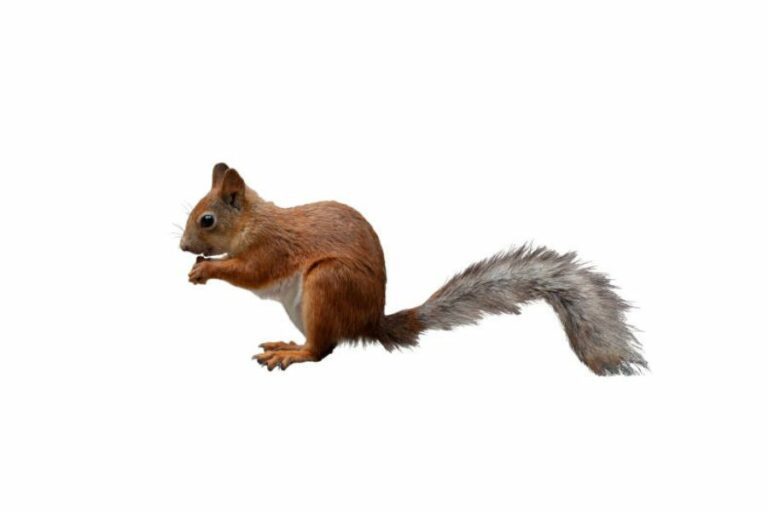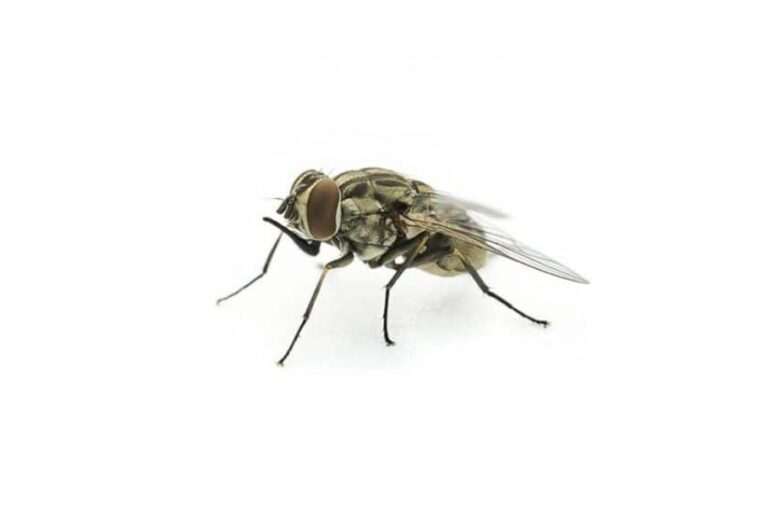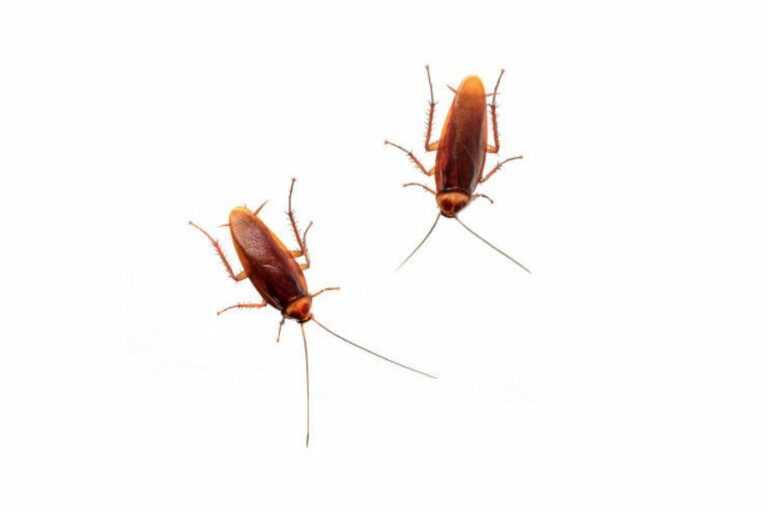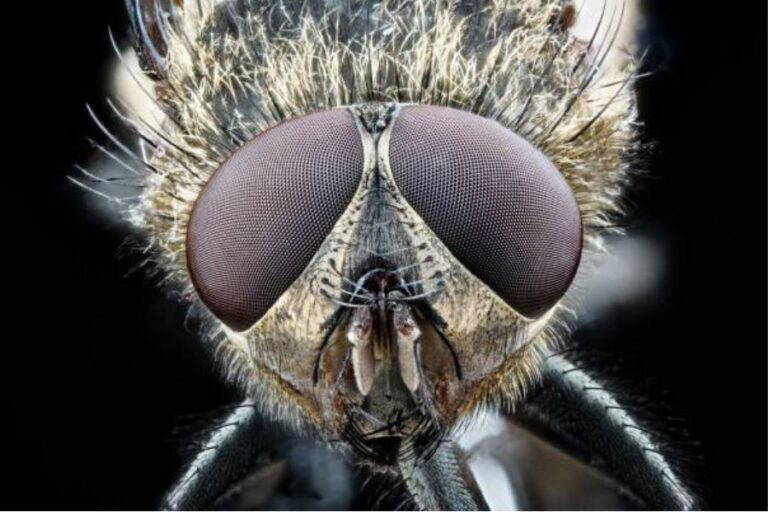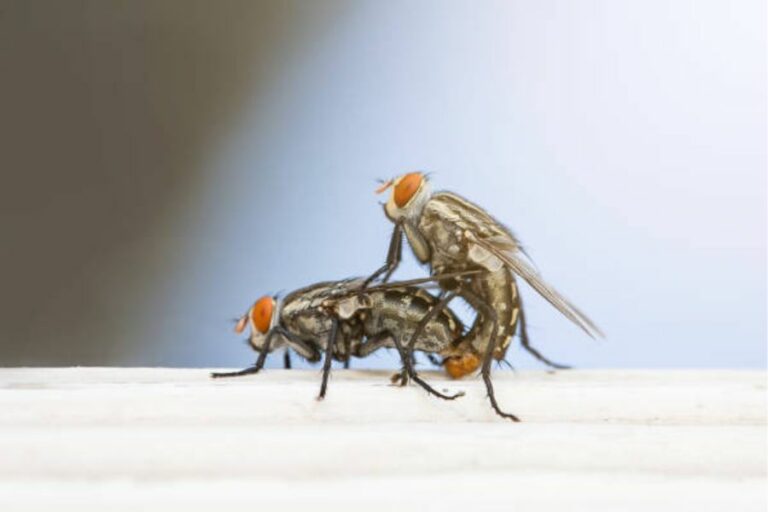Clothes Moths: Appearance, Behaviour, and Prevention
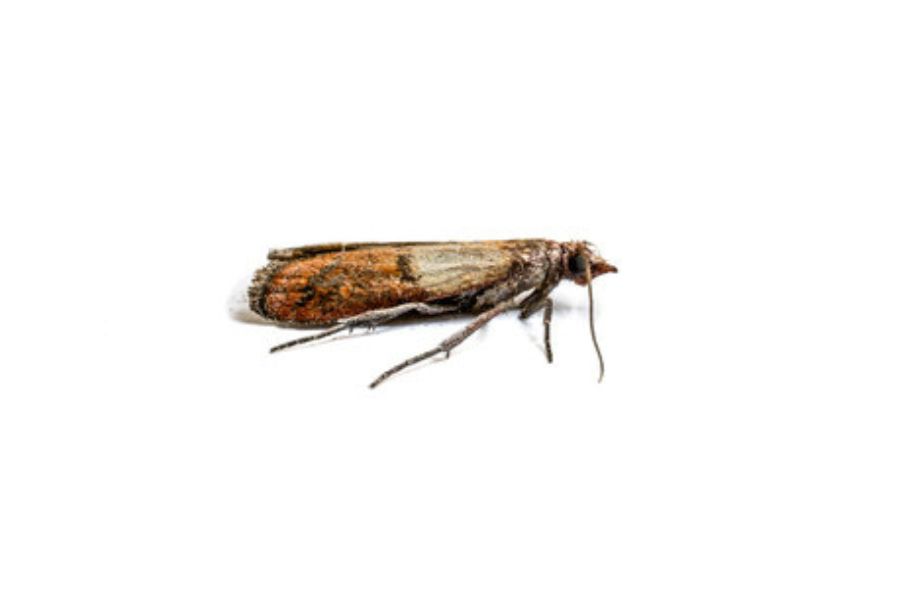
Clothes Moths: Appearance, Behaviour, and Prevention
Discover everything about clothes moths in one place. Explore their appearance, diet, lifespan, reproduction, flight, habitat, attraction to synthetics, health concerns, and the extent of infestation they can cause. Gain a comprehensive knowledge of clothes moths.
What do clothes moths look like?
Clothes moths are small, delicate insects with a wingspan of about 1/2 to 3/4 inch (12-18 mm). They have a distinctive golden or buff colour, often with fringed wings that fold closely to their bodies when at rest. Their bodies are slender and elongated, and they have long antennae. The common clothes moth (Tineola bisselliella) has a more uniform golden colour, while the case-bearing clothes moth (Tinea pellionella) has darker wings with three distinct spots. Their appearance may vary slightly depending on the species, but both types of clothes moths are similar in size and exhibit a moth-like appearance.
What do clothes moths eat?
Clothes moths primarily feed on natural materials of animal origin, especially those containing keratin, such as wool, fur, feathers, silk, and even leather. They are attracted to items like sweaters, coats, blankets, carpets, upholstered furniture, and even stored animal trophies. Clothes moths are particularly drawn to soiled or stained fabrics, as these often contain perspiration, food residues, or body oils that provide additional nutrients. It is the larvae (caterpillars) of clothes moths that cause damage to fabrics, as they feed on the fibres, creating irregular holes or patches.
How long do clothes moths live?
The lifespan of clothes moths varies depending on environmental conditions and the availability of food. Adult clothes moths typically live for two to four weeks, during which their main objective is to reproduce. However, it is the larvae stage that is more significant in terms of clothing damage. The larval stage of clothes moths can last from two months to over a year, depending on factors like temperature and food availability. Larvae spin silk cases or tubes, camouflaging themselves within the fabric or material they are feeding on. Once they have completed their growth phase, they pupate within these cases and eventually emerge as adult moths, ready to continue the reproductive cycle.
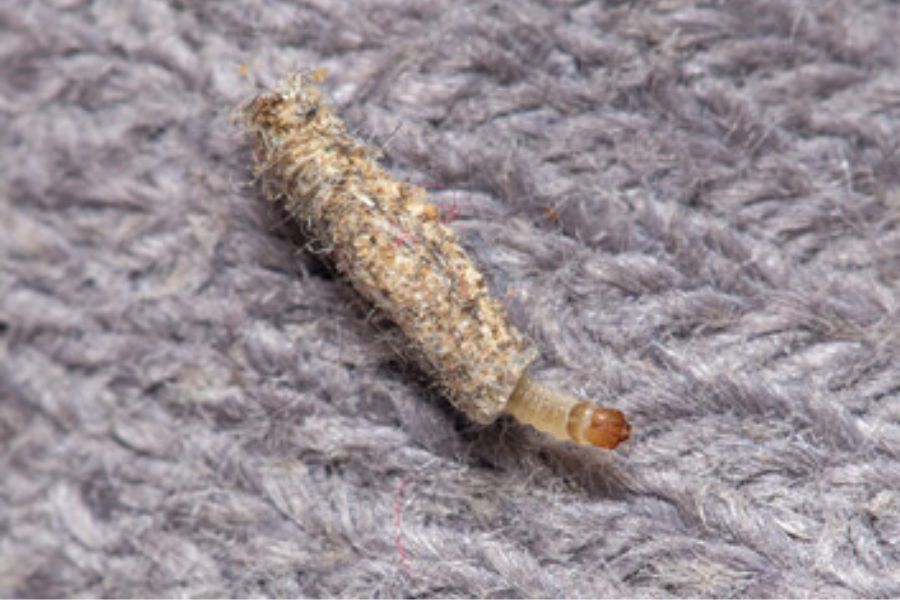
How do clothes moths reproduce?
Clothes moths follow a typical life cycle consisting of four stages: egg, larva, pupa, and adult. The reproductive process begins with adult male and female clothes moths seeking each other out for mating. Male moths are typically more active in seeking mates, while female moths release pheromones to attract males. After successful mating, the female clothes moth lays small, oval-shaped eggs, usually near a suitable food source such as clothing or upholstery. The eggs hatch within a couple of weeks, and the larvae emerge to begin their feeding stage. Larvae undergo several moults as they grow, spinning silk tubes or cases and incorporating bits of fabric for protection. When fully developed, the larvae pupate within their cases and transform into adult moths, completing the reproductive cycle.
Can clothes moths fly?
Yes, clothes moths have the ability to fly, although their flight capabilities are often limited. Adult clothes moths possess wings and can flutter about in search of mates and suitable environments for egg-laying. However, their flight patterns tend to be weak and erratic, and they are generally more adept at crawling and hopping short distances. Clothes moths are more commonly associated with stationary behaviour, staying close to their food sources and rarely venturing far. Their preference for dark, undisturbed areas contributes to their reputation as secretive pests that are often found in closets, drawers, or other secluded spaces.
Where are clothes moths commonly found?
Clothes moths are commonly found in areas where natural fibre-based materials are present. They have a preference for dark, undisturbed environments that provide suitable conditions for their survival and reproduction. Common areas where clothes moths are found include:
- Closets and wardrobes: Clothes moths thrive in closets where wool, silk, fur, or other natural fibre garments are stored. They are particularly attracted to clothing items that are rarely worn or left undisturbed for long periods.
- Drawers and storage containers: Clothes moths can infest drawers containing woollen or silk clothing, especially if the items are not frequently used or protected with moth repellents.
- Upholstered furniture: Upholstered furniture made from natural fibres such as wool or silk can become a target for clothes moth infestations, especially in less-used or hidden areas like the underside or corners of furniture.
- Carpets and rugs: Clothes moths can infest carpets and rugs made from wool or other natural fibres. They tend to target areas that are not frequently vacuumed or cleaned.
- Basements and attics: These areas often provide suitable conditions for clothes moths due to their dark and relatively undisturbed nature. Stored clothing, blankets, or heirloom items made of natural fibres are vulnerable to infestation.
- Museums and antique stores: Clothes moths can also be found in settings where vintage textiles, historic clothing, or antique furnishings are present. These environments offer ideal conditions for clothes moths to thrive and cause damage.
It is important to regularly inspect and clean these areas to detect and prevent clothes moth infestations. Implementing preventive measures like using moth repellents, proper storage techniques, and regular maintenance can help protect your belongings from clothes moth damage.
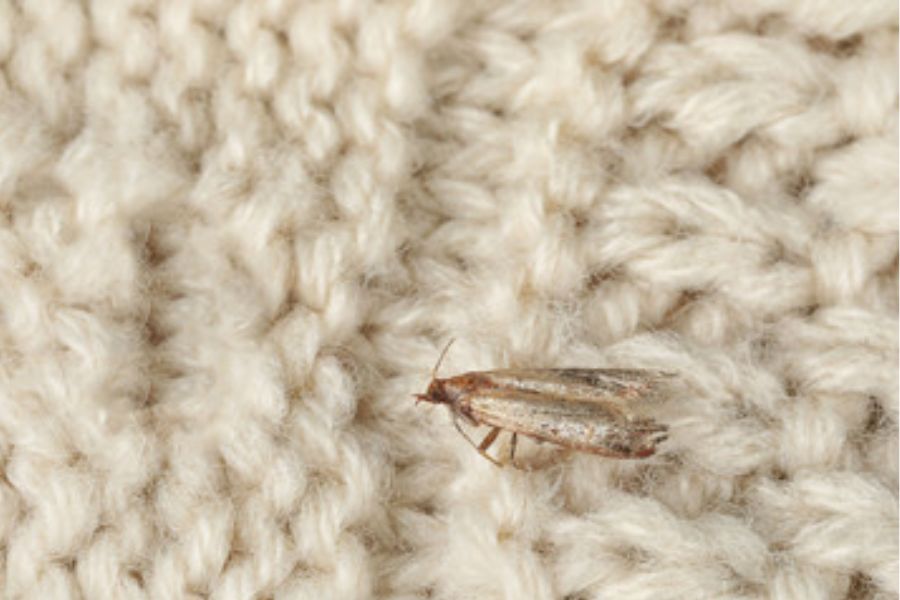
Are clothes moths attracted to synthetic fibres?
No, clothes moths are primarily attracted to natural fibres rather than synthetic fibres. They have a particular preference for materials like wool, silk, fur, feathers, and other animal-based fabrics that contain keratin. Synthetic fibres such as polyester, nylon, or acrylic do not provide the necessary nutrients for clothes moth larvae to thrive and feed on. However, synthetic fibres can still be damaged indirectly if they are blended with natural fibres in a fabric, as the moths may target the natural component.
Do clothes moths cause any health concerns for humans?
Clothes moths do not pose significant health concerns for humans. They do not bite, sting, or transmit diseases. The primary issue with clothes moths is their ability to cause damage to clothing, textiles, and certain household items. The larvae, not the adult moths, are responsible for feeding on fabrics, potentially resulting in unsightly holes or patches. While the presence of clothes moths and their larvae can be frustrating and lead to financial losses due to damaged clothing, they do not pose direct health risks to humans. However, it is important to note that some individuals may experience mild allergic reactions to the tiny fibres shed by clothes moth larvae or their casings. If you have concerns about potential allergies or sensitivities, it is best to consult with a healthcare professional.
Can clothes moths infest carpets and upholstery?
Yes, clothes moths can infest carpets and upholstery, particularly if they are made from natural fibres like wool or silk. These materials provide a suitable food source for clothes moth larvae. Moths may target areas of carpets or upholstery that are less frequently disturbed or cleaned, such as under furniture or along the edges. Signs of infestation may include visible damage, presence of moth larvae or cocoons, or the presence of silk webbing in the affected areas. Regular vacuuming, steam cleaning, and professional carpet/upholstery cleaning can help reduce the risk of clothes moth infestations in these items.
Are there any specific regions where clothes moths are more prevalent?
Clothes moths can be found worldwide, and their prevalence is not limited to specific regions. However, certain environmental conditions can contribute to a higher incidence of clothes moth infestations. Warmer and more humid climates, such as those found in some parts of the United States, Europe, Asia, and Australia, can provide favourable conditions for clothes moths to thrive. Additionally, areas with a higher concentration of older homes or buildings, where natural fibres may be more prevalent in carpets, upholstery, and stored clothing, may have an increased risk of clothes moth infestations. However, it is important to note that clothes moths can occur in any region, and proper preventive measures should be taken regardless of location to protect your belongings from damage.
